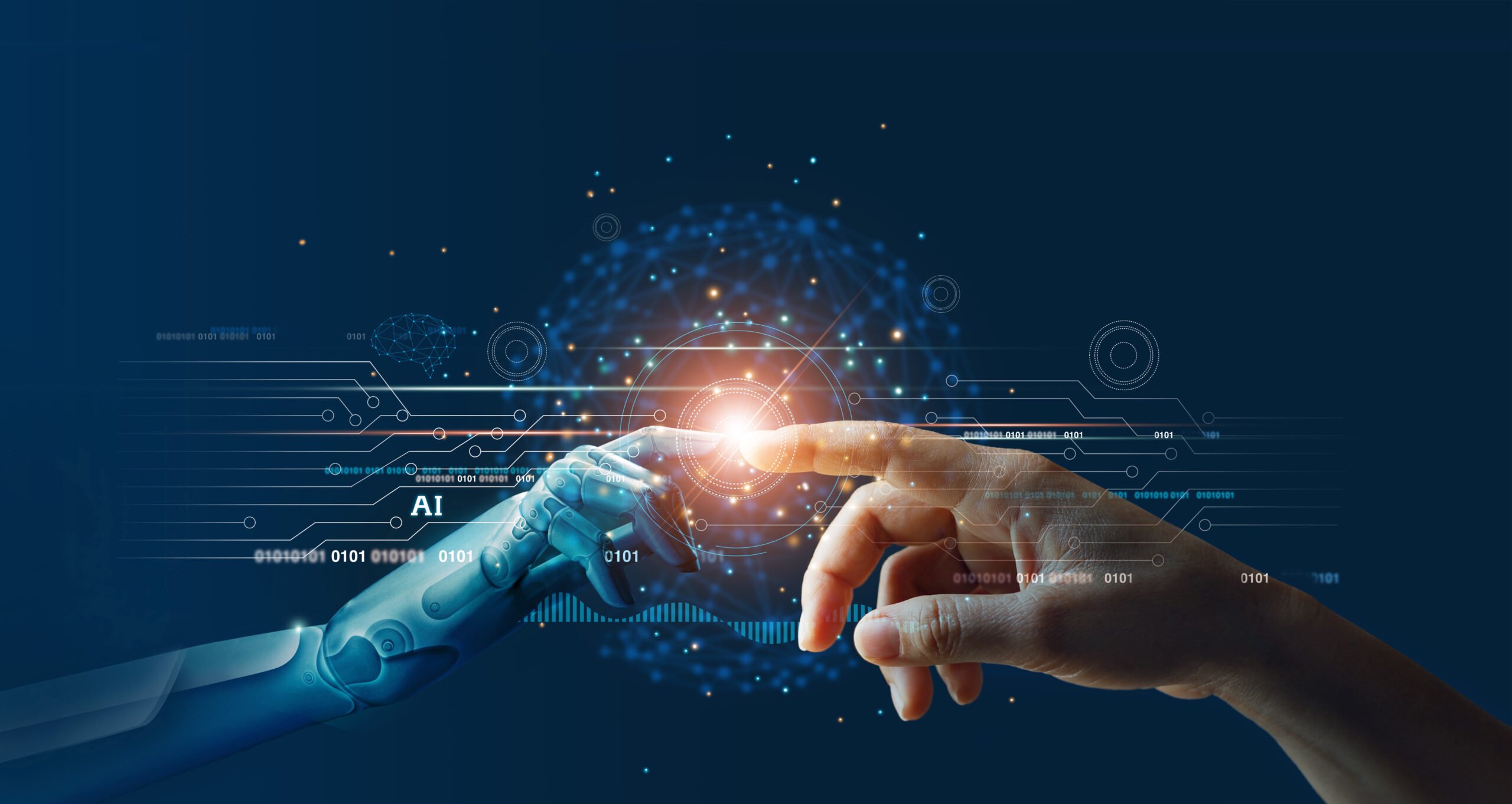Achieving affordable augmented reality for remote offshore assistance
Project Summary
Industry context/Challenge:
Accessing a remote oil and gas platform to perform on-location troubleshooting, inspection and maintenance is expensive and can take days of costly knowledge worker time. The industry currently relies on getting subject matter experts to a site or communicate with a remote expert using phone calls and/or email.
Typically, digital worker platforms require using bespoke cameras, helmets, glasses etc. This tech enabled offshore workers to use their own smartphones/tablets. It can cost £3- 4k for a standard Microsoft hololens. That multiplied by the numbers of workers can get very expensive.
Augmented Reality systems have become a common tool for remote assistance. For example, there are productivity apps that when used in conjunction with the expensive Augmented Reality headsets can greatly streamline the repair and maintenance process. The powerful software-hardware combination allows live communication between field workers and experts through a shared video feed, as well as the capacity for experts to draw annotations to help guide workers. These systems can be expensive to implement and require additional hardware devices. Typically, such digital worker systems require using bespoke cameras, helmets, glasses etc.
Project overview:
Augmented Reality’s ability to provide remote assistance can save machine downtime and lengthy maintenance visits from technicians to sites.
This project examined a novel, low-cost approach to achieving the benefits of Augmented Reality, without the associated high equipment or system costs. The project trialled an alternative Augmented Reality system that can be used for training and performing day-to-day tasks of field technicians in a secure and economical manner. The developer’s system made use of existing smartphone technology and a scalable software platform residing on Cloud infrastructure that could easily be deployed across multiple projects and would enable remote workers to use existing devices to communicate with onshore advisors/managers.
Industry value:
The Augmented Reality market is forecast to reach $100bn by 2030, and oil and gas companies will be key players in this growth phase. Companies that fail to capitalise on this opportunity will continue to lag behind in upskilling their workforce in the future. Augmented Reality systems can greatly improve the process of repairing machines that require the urgent need for services and can have a transformative impact by reducing costs and improving operational efficiency. This is possible through superimposing real-time information using AR on top of real-world assets. Augmented Reality remote support enables field workers to view real-time data offshore on the operational frontline.
Lessons learned:
The work has identified the added value of a small external camera with live stream capabilities. The developer has developed a prototype mini wearable camera in direct response to this feedback. This will help to provide options to the user as to what works best for their situation. As determined during the trials the smartphone camera approach for live streaming will work for short interactions with a remote expert but for longer periods a low-cost external camera mounted on glasses, hard hat, or headset capable of live streaming would be preferred.
Let's work together
"Required" indicates required fields

